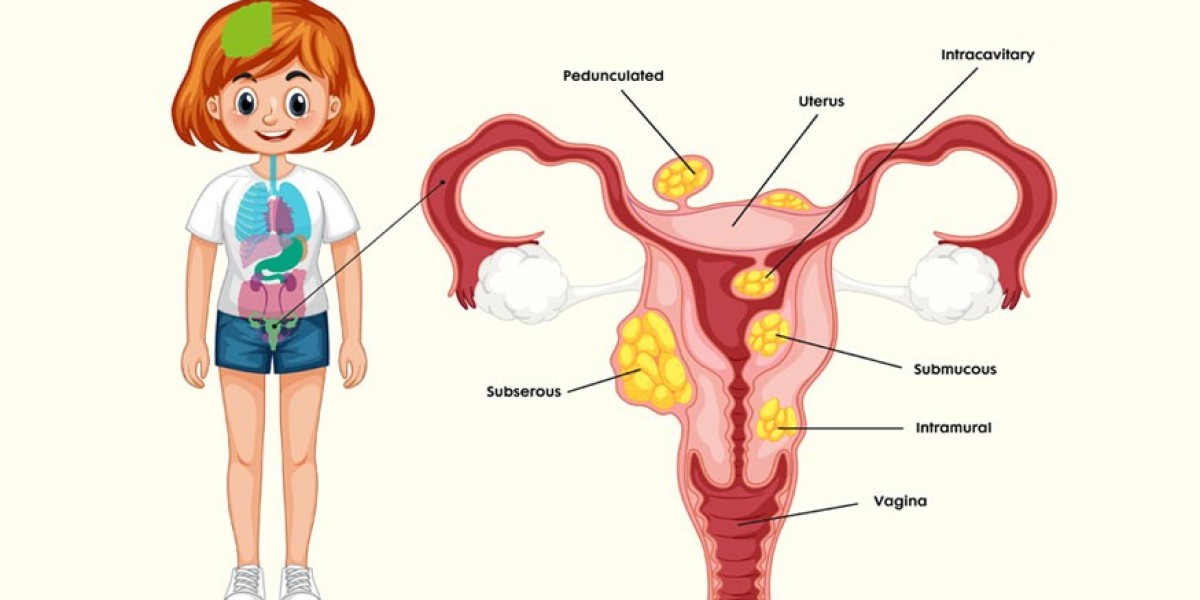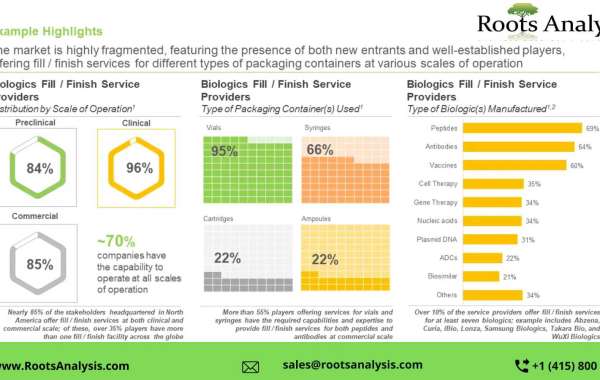Understanding Uterine Fibroids
Uterine fibroids, also known as leiomyomas, are non-cancerous growths that form in or on the uterus. They are common in women of childbearing age, affecting millions worldwide. While most fibroids are benign and do not cause symptoms, some can lead to severe health issues like heavy menstrual bleeding, pelvic pain, and complications during pregnancy. Effective uterine fibroids treatment is crucial for managing these symptoms and improving quality of life.
Symptoms of Uterine Fibroids
The symptoms of uterine fibroids can vary depending on the size, location, and number of fibroids. Some women may not experience any symptoms, while others may face significant discomfort. Common symptoms include:
- Heavy or prolonged menstrual periods
- Pelvic pain or pressure
- Frequent urination
- Constipation
- Backache or leg pain
- Pain during intercourse
If you are experiencing any of these symptoms, it is essential to seek medical advice from specialists like those at Flowcare to determine the appropriate treatment.
Diagnosing Uterine Fibroids
A gynecologist will typically diagnose uterine fibroids through a pelvic exam. Additional diagnostic tests, such as ultrasound or MRI, may be recommended to confirm the diagnosis, assess the size of the fibroids, and determine the best course of treatment. Timely diagnosis is vital for effectively managing fibroids and minimizing complications.
Non-Surgical Treatment Options
For many women, non-surgical options are the first line of uterine fibroids treatment. These treatments focus on managing symptoms rather than removing the fibroids.
1. Medications
Certain medications can help control symptoms such as heavy bleeding and pelvic pain. Hormonal treatments like birth control pills, gonadotropin-releasing hormone (Gn-RH) agonists, and progestin-releasing intrauterine devices (IUDs) can reduce menstrual flow and help shrink fibroids.
2. Uterine Fibroid Embolization (UFE)
Uterine Fibroid Embolization is a minimally invasive procedure where small particles are injected into the arteries supplying the fibroids, blocking their blood flow. This causes the fibroids to shrink and symptoms to improve. UFE is an excellent option for women who want to avoid surgery and preserve their uterus.
3. MRI-Guided Focused Ultrasound Surgery (FUS)
MRI-guided focused ultrasound surgery is another non-invasive uterine fibroids treatment. In this procedure, high-intensity ultrasound waves are used to destroy the fibroid tissue. It is performed without an incision, making it an attractive option for those looking for a less invasive treatment.
Surgical Treatment Options
In cases where fibroids are large, cause severe symptoms, or do not respond to non-surgical treatments, surgery may be necessary. Surgical options include:
1. Myomectomy
A myomectomy is a surgical procedure to remove fibroids while preserving the uterus. It is ideal for women who wish to maintain their fertility. There are different types of myomectomy procedures, such as abdominal, laparoscopic, or hysteroscopic, depending on the size and location of the fibroids.
2. Hysterectomy
A hysterectomy involves the complete removal of the uterus and is considered the definitive solution for uterine fibroids treatment. It is typically recommended for women who have severe symptoms and do not wish to have children. While it permanently resolves fibroids, it also ends menstruation and the ability to conceive.
3. Endometrial Ablation
Endometrial ablation is a procedure that destroys the lining of the uterus to reduce heavy bleeding caused by fibroids. This procedure is suitable for women who are not planning to have children, as it may lead to infertility.
Natural and Lifestyle Remedies
While medical and surgical interventions are effective, certain lifestyle changes can also help manage fibroid symptoms and improve overall uterine health.
1. Diet and Nutrition
A diet rich in fruits, vegetables, and whole grains can help reduce inflammation and promote hormonal balance. Limiting red meat and processed foods while increasing the intake of fiber, omega-3 fatty acids, and vitamin D can have positive effects on fibroid management.
2. Exercise
Regular physical activity helps maintain a healthy weight, reduces stress, and can alleviate symptoms such as pelvic pressure. Yoga, walking, and strength training are excellent options for improving uterine health.
3. Stress Management
Chronic stress can lead to hormonal imbalances that may exacerbate fibroid symptoms. Incorporating stress-relief techniques like meditation, deep breathing exercises, and mindfulness can support hormonal regulation and overall health.
Choosing the Right Treatment at Flowcare
Choosing the right uterine fibroids treatment depends on several factors, including the severity of symptoms, the size and location of the fibroids, and the patient’s desire for future pregnancies. At Flowcare, a comprehensive approach is taken to provide personalized treatment plans. Whether you opt for non-surgical management or surgery, Flowcare’s team of specialists ensures that you receive the best care tailored to your unique needs.
Conclusion
Managing uterine fibroids requires a thorough understanding of the available treatment options and a tailored approach based on individual health conditions. With advancements in both non-surgical and surgical techniques, women now have more choices than ever for effective uterine fibroids treatment. At Flowcare, you can explore a range of treatment options designed to improve your health and well-being. Don’t let fibroids affect your quality of life—seek expert care and guidance from Flowcare today.










